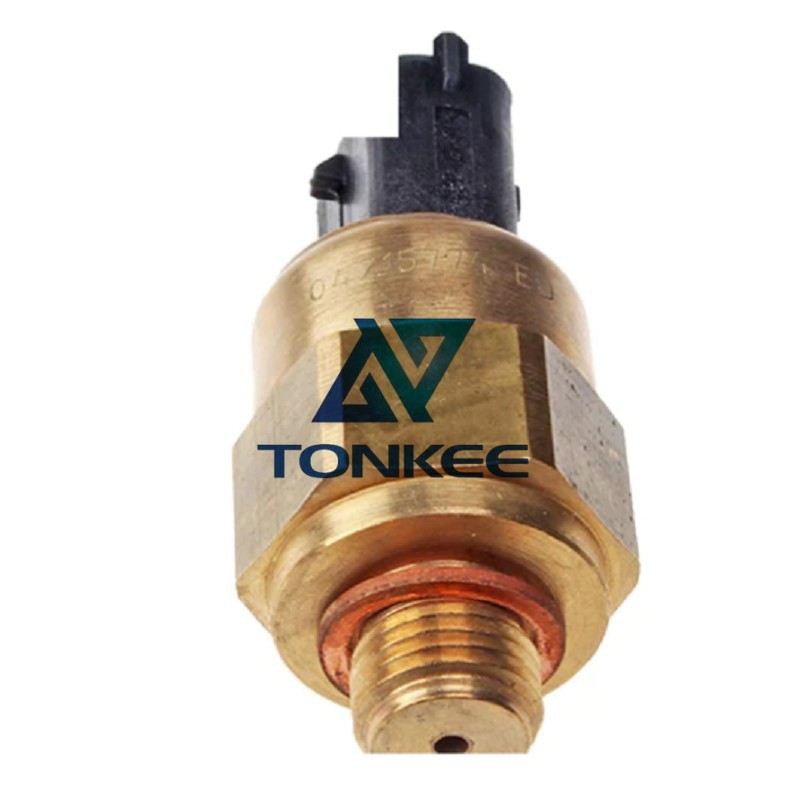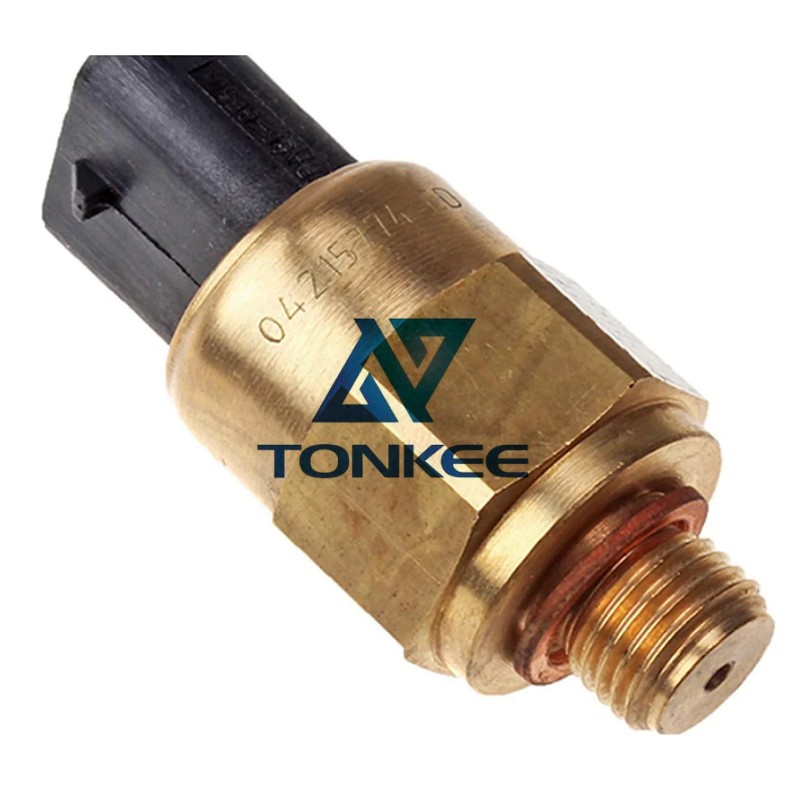
The pressure sensor used in Volvo EC140B and EW140B excavators is designed to measure hydraulic pressure within the system accurately.
It typically features a high-quality sensor element capable of withstanding the demanding conditions of heavy construction work. The sensor is constructed with durable materials to ensure longevity and reliability in harsh environments.
These pressure sensors are engineered to provide precise readings within a specified pressure range, allowing the excavator's hydraulic system to operate optimally. The sensor is calibrated to ensure accuracy, and it is compatible with the hydraulic fluid used in the excavator, providing reliable measurements under varying operating conditions.
Functionality:
The primary function of the pressure sensor is to monitor the hydraulic pressure within the system. As the excavator performs various tasks, such as digging, lifting, or swinging, the hydraulic system undergoes dynamic changes in pressure. The pressure sensor continuously measures these changes, providing real-time data to the excavator's control system.
In case of abnormal pressure conditions, the sensor plays a crucial role in safety by triggering alarms or alerts.
This ensures that the operator is promptly notified of any potential issues, allowing for quick intervention and preventive maintenance. This proactive approach helps prevent damage to the hydraulic system and other critical components, minimizing downtime and repair costs.
Integration with Excavator Systems:
The pressure sensor is seamlessly integrated into the excavator's overall hydraulic system. It is connected to the control unit, which processes the sensor data and adjusts the hydraulic pressure as needed. This integration is essential for the excavator's performance, allowing for precise control and efficient operation.
Modern excavators, such as the Volvo EC140B and EW140B models, often feature advanced telematics systems. The pressure sensor's data can be transmitted to these systems, enabling remote monitoring of the excavator's hydraulic performance. This remote monitoring capability is valuable for fleet management, allowing operators and maintenance teams to track the excavator's health and performance in real-time.





